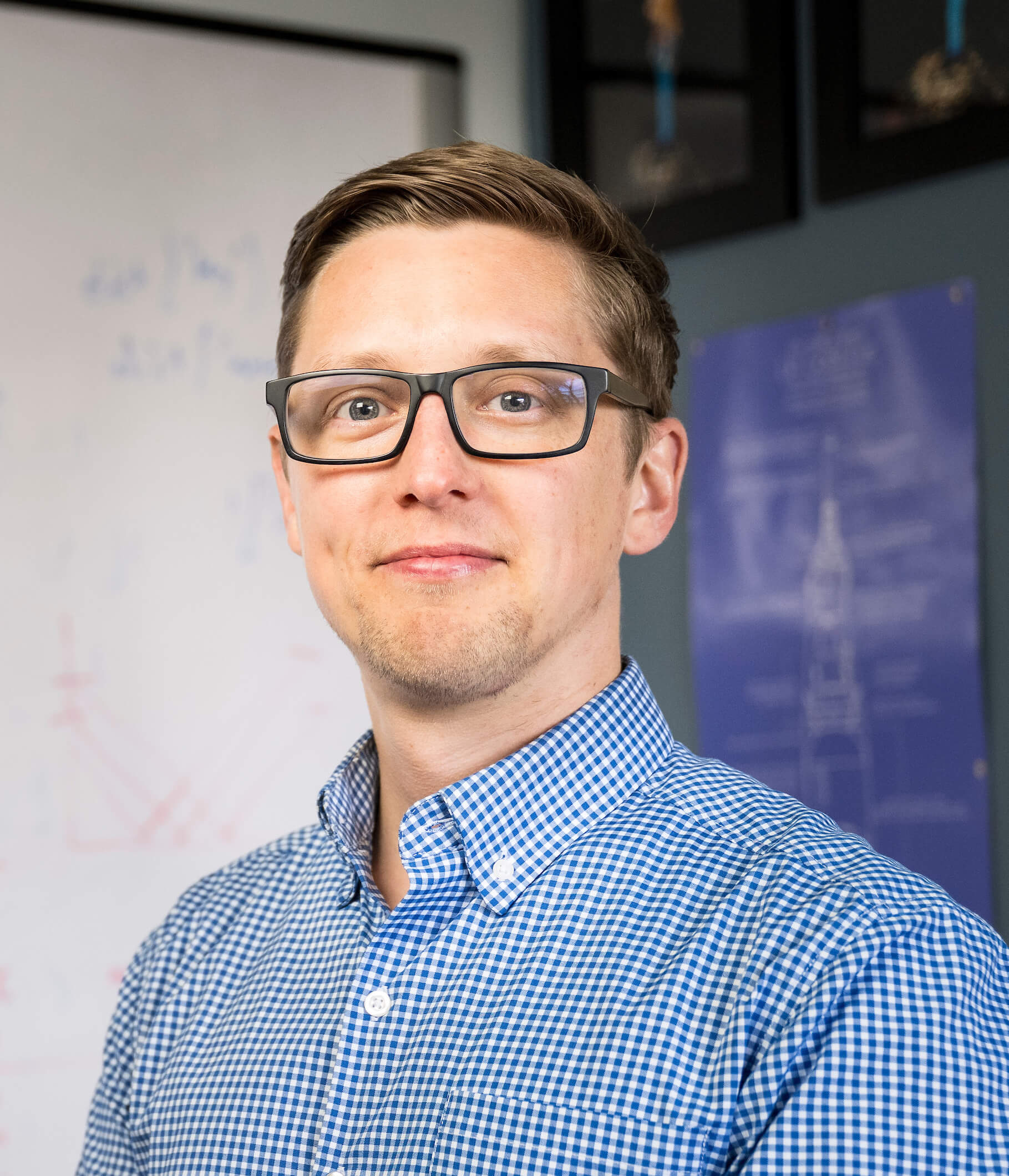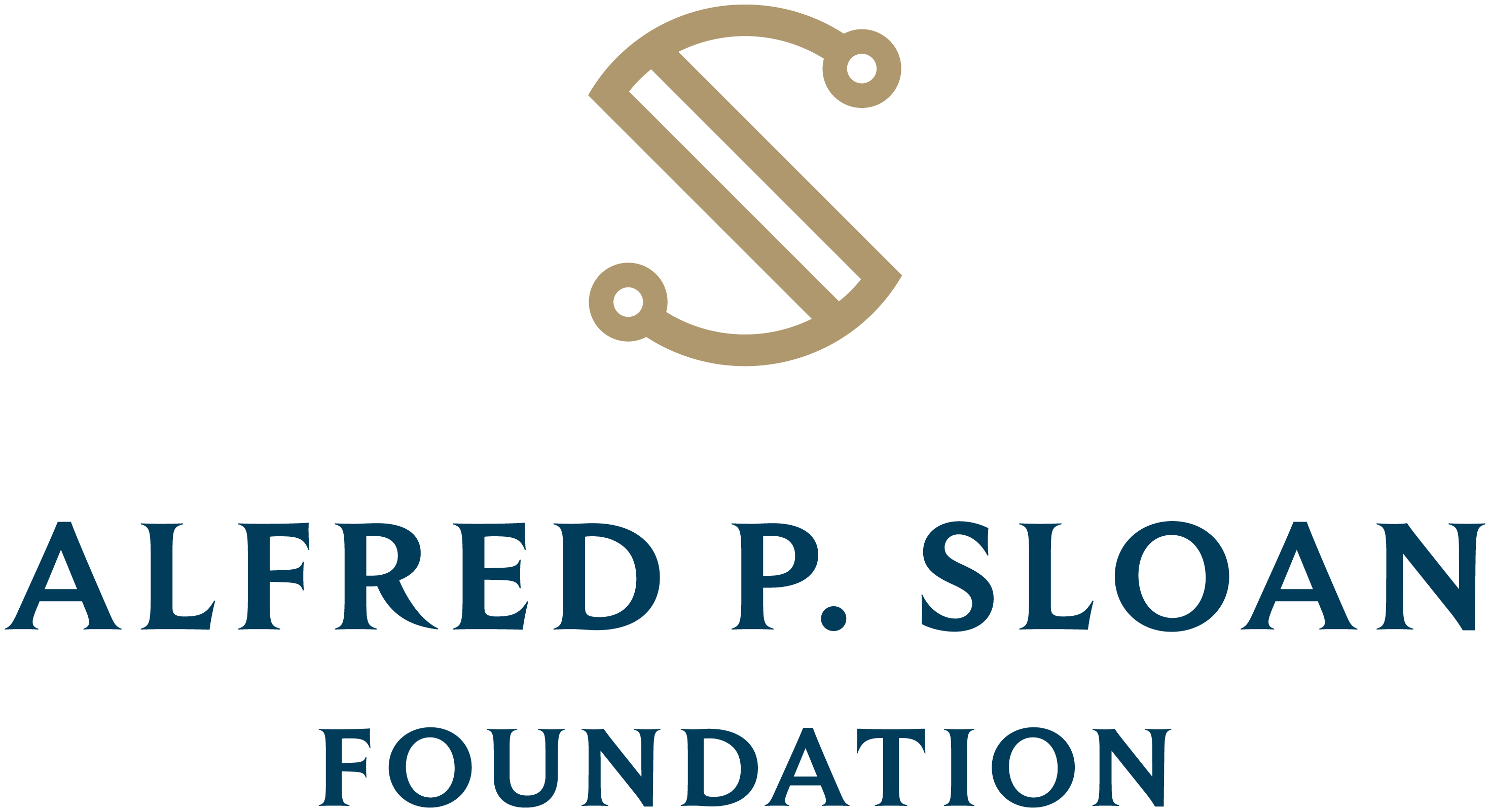
Kyle E. Niemeyer, Ph.D.
I am recruiting one Ph.D. student and one postdoc to work on funded positions starting as soon as 15 September 2025, but open until filled. Please see the descriptions on the Lab page.
My students and I receive funding from many sources.
School of Mechanical, Industrial, and Manufacturing Engineering— My group's primary source of funding is the School of Mechanical, Industrial, and
Manufacturing Engineering (MIME) at Oregon State University.
It pays nine months of my salary, it sometimes subsidizes my graduate students' time
through teaching assistantships, it provides space and staff support, and it provides
my core intellectual community. The School of MIME's resources come from tuition, fees,
and taxes from the Oregon state government, and philanthropic giving.
National Science Foundation— The majority of my sponsored research is funded by the U.S. National Science Foundation, which is tax-funded.
I write proposals, which are confidentially evaluated by my peers, and when my peers and NSF find my proposals to have compelling intellectual merit and potential for broader impact, I receive grants.
I use these grants to support my summer salary; my graduate students' stipends, benefits, and tuition; my lab's research expenses, hourly undergraduate research assistants, and our travel.
My NSF awards include:
- The Prometheus Initiative: FAIR model and data cyberinfrastructure for predictive combustion science
- Extensible and community-driven thermodynamics, transport, and chemical kinetics modeling with Cantera: expanding to diverse scientific domains
- Submesoscale-Resolving Large Eddy Simulations Using Reduced Biogeochemical Models
- CDS&E: Leveraging hardware acceleration for accurate particle dynamics in turbulent flows
- Support for Workshop and Mentoring of Junior Researchers at the US National Combustion Meeting
- 2018 Software Infrastructure for Sustained Innovation (SI2) Principal Investigators Workshop
- SI2-SSE: An intelligent and adaptive parallel CPU/GPU co-processing software library for accelerating reactive-flow simulations
- Workshop: Building a sustainable combustion research community
- 2017 Software Infrastructure for Sustained Innovation (SI2) Principal Investigator Workshop
- The 4th Workshop on Sustainable Software for Science: Best Practices and Experiences (WSSSPE4)
US Department of Energy— Through national labs like Lawrence Berkeley National Laboratory and Sandia National Laboratories,
and the National Nuclear Security Administration,
I have received funding from the US Department of Energy (DOE) for basic and applied research.
My DOE funding projects include:
- Center for Advancing the Radiation Resilience of Electronics (CARRE)
- Modeling Wood Heater Chimney Draft
- Center for Exascale Monte Carlo Neutron Transport (CEMeNT)
- Optimizing Bio-jet Fuel Blends with the Feedstock to Function tool
- Sandia Strong Shock Grand Challenge
- Support of the Feedstock to Function Tool (F2FT) Project
- Better Scientific Software (BSSw) Fellowship
- Pulse detonation engine for advanced oxy-combustion of coal-based fuels
SERDP— The Strategic Environmental Research and Development Program (SERDP) has funded collaborative research projects studying smoldering combustion and wildland fire.
My SERDP funding projects include:
Sloan Foundation— The Sloan Foundation has supported some of my activites as part of URSSI,
the US Research Software Sustainability Institute:
NASA— NASA has also supported my group's research into computational methods
relevant to aerospace applications:
Chevron— Some of my early work at Oregon State was supported by Chevron, in
collaboration with Chris Hagen. Despite the industry connection, this work was
fairly fundamental, and mostly looked at suitability of fuels for advanced,
highly efficient, low-temperature compression-ignition engines:
- Further Development of Fuel Autoignition Index Based on Infrared Absorption
- Advanced Internal Combustion Engine Fuel Modeling and Testing Phase II
 Last updated 9/18/2025. To the extent
possible under law, Kyle E. Niemeyer has waived all copyright and related or neighboring rights to the design
and implementation of Kyle's faculty site. This work is
published from the United States. See this site's GitHub repository to view source and provide feedback.
Last updated 9/18/2025. To the extent
possible under law, Kyle E. Niemeyer has waived all copyright and related or neighboring rights to the design
and implementation of Kyle's faculty site. This work is
published from the United States. See this site's GitHub repository to view source and provide feedback.






